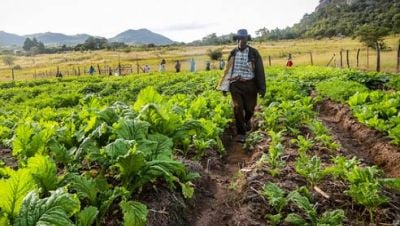Pastoralism – Managing Multiple Stressors and the Threat of Climate Variability and Change

Download Report by Language
Document
birchisobelandgrahnrichard.pdf
(130.95 KB)
Citation
Birch, Isobel, Grahn, Richard. 2008. Pastoralism – Managing Multiple Stressors and the Threat of Climate Variability and Change. New York.
Pastoralism – Managing Multiple Stressors and the Threat of Climate Variability and Change
Posted on: January 01, 2008
The consequences of future global climate variability for pastoralists are uncertain. The general picture is one of likely desiccation – of a decrease in the amount and predictability of rainfall, combined with an increase in evaporation caused by the warmer temperatures. One estimate is that, on present trends, the area affected by drought will double by the end of this century from 25% to 50%, and that while the number of drought periods may not significantly increase, they are likely to last for longer, making recovery (herd reconstitution, replenishment of water sources) less dependable. This scenario is consistent with recent trends: the mean annual number of people killed and affected by drought in Eastern Africa, for example, has increased over ten-fold in the past thirty years, from 584 per 100,000 people in 1974-78 to 6067 in 1999-2003.

